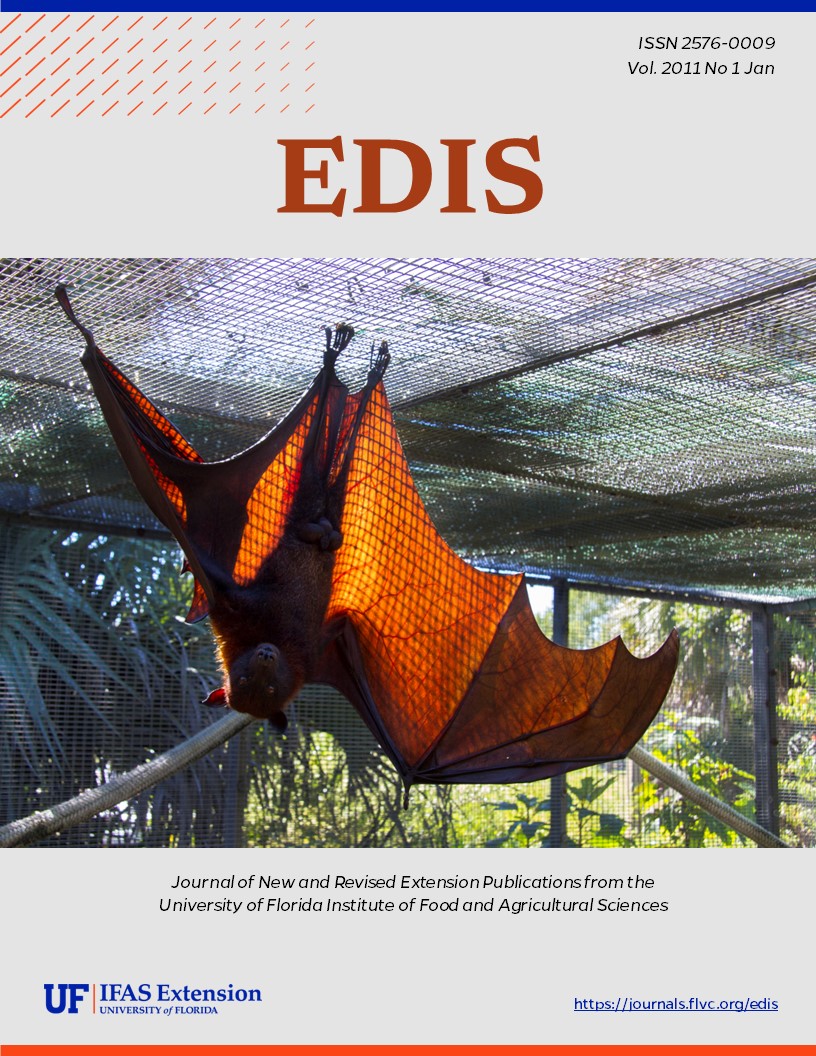Abstract
FE888, a 7-page fact sheet by Edward A. Evans, Jordan Huntley, Jonathan Crane, and Allen F. Wysocki, provides needed information on the costs and returns associated with establishing and operating a five-acre pitaya orchard in South Florida, and assesses the prices and yields that must be obtained to make the establishment and production of a pitaya orchard a profitable venture. Published by the UF Department of Food and Resource Economics, December 2010.
References
Crane, J. 2009. Personal communication. Professor and Tropical Fruit Crop Specialist, UF-Tropical Research and Education Center, Homestead, FL.
Crane, J.H., and C.F. Balerdi. 2005. The Pitaya (Hylocereus undatus and other spp.) in Florida. http://miami-dade.ifas.ufl.edu/pdfs/tropical_fruit/THE%20PITAYA%20in%20Florida.pdf
Crane, J.H., and C.F. Balerdi. 2009. Pitaya growing in the Florida home landscape. Electronic Data Information Source (EDIS) HS1068. UF/IFAS, Gainesville, FL. http://edis.ifas.ufl.edu/HS1068 https://doi.org/10.32473/edis-hs378-2008
Gunasena, H.P.M., D.K.N.G. Pushpakumara, and M. Kariyawasam. 2006. Dragon fruit-Hylocereus undatus (Haw.) Britton and. Rose: Field manual for extension workers. Sri Lanka: Sri Lanka Council for Agricultural Policy. http://www.worldagroforestry.org/downloads/publications/PDFs/BC07324.PDF
Lobo, R., and G. Bender. 2008. Pitahaya field test yields preliminary results. In Small Farm News, Small Farm Program, Volume 2. Davis, CA: University of California at Davis.
Mizrahi, Y., A. Nerd, and P.S. Nobel. 1997. Cacti as crops. Horticultural Reviews 18: 321-346.
Steele, D., and J.H. Crane. 2006. The state of the Florida tropical fruit industry and the challenges growers face. Proceedings of the Florida State Horticultural Society 119: 7-8.

